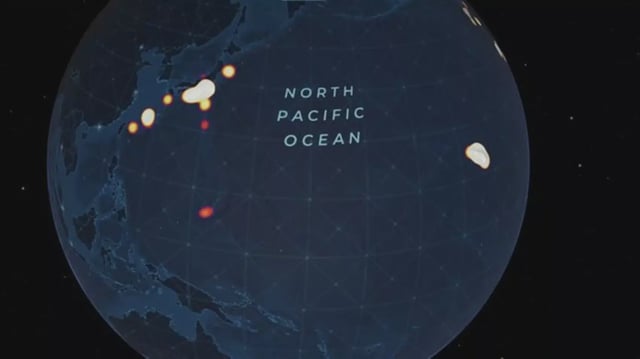Overview
- The Ocean Discovery League study, based on 44,000 deep-sea dives since 1958, confirms humans have directly observed less than 0.001% of the global deep seafloor.
- Over 65% of deep-sea observations come from just three countries—the U.S., Japan, and New Zealand—with five nations accounting for 97% of all data.
- Current exploration is heavily biased toward canyons and ridges, while vast habitats like abyssal plains and seamounts remain largely unexamined.
- Researchers advocate for a coordinated global initiative leveraging cost-effective technologies to democratize access and address critical gaps in ocean research.
- The lack of comprehensive deep-sea knowledge poses challenges for conservation, resource management, and policy development as environmental threats grow.

